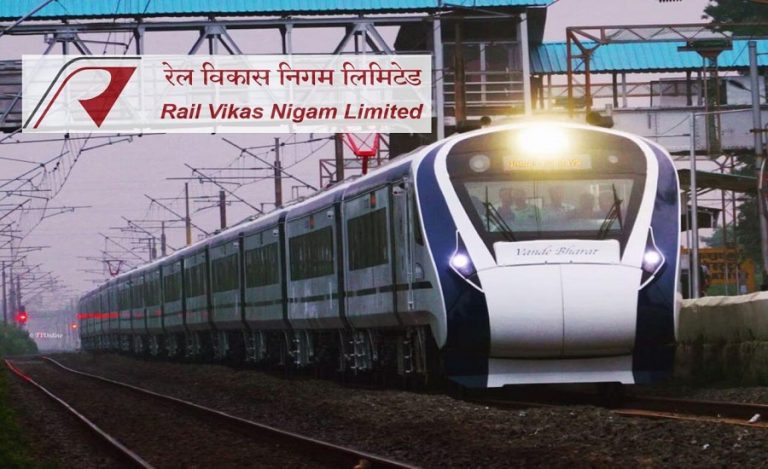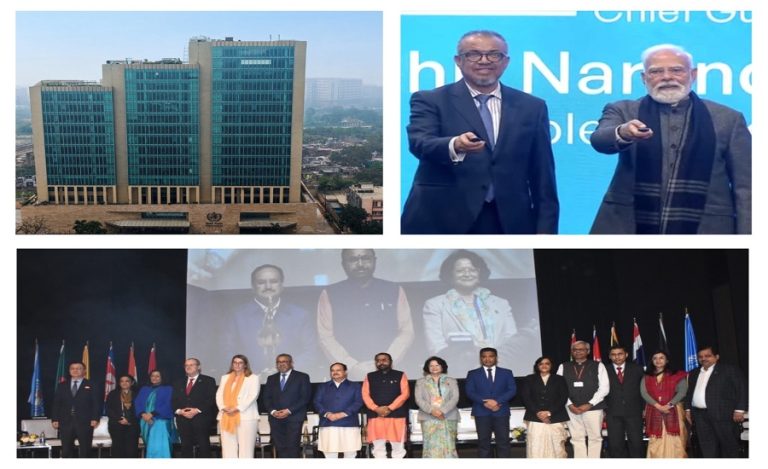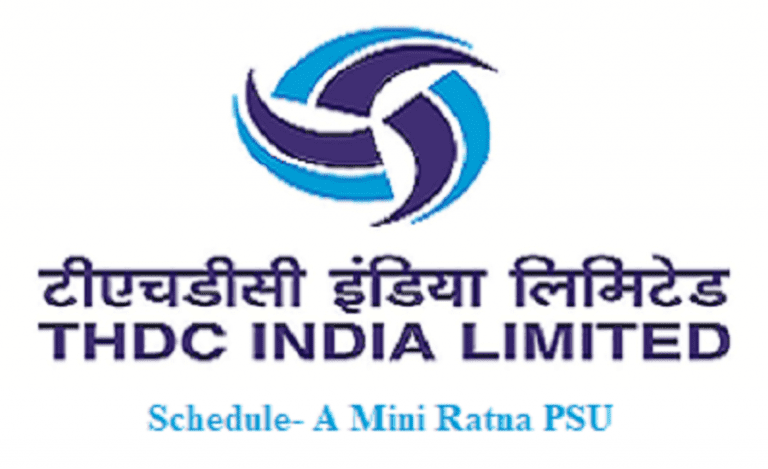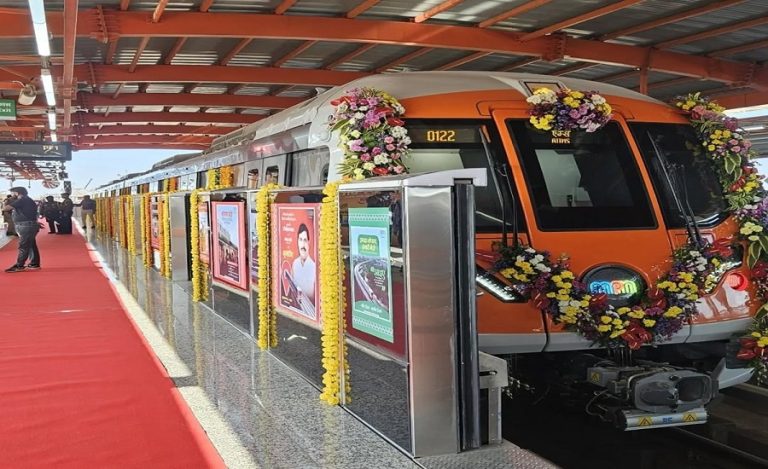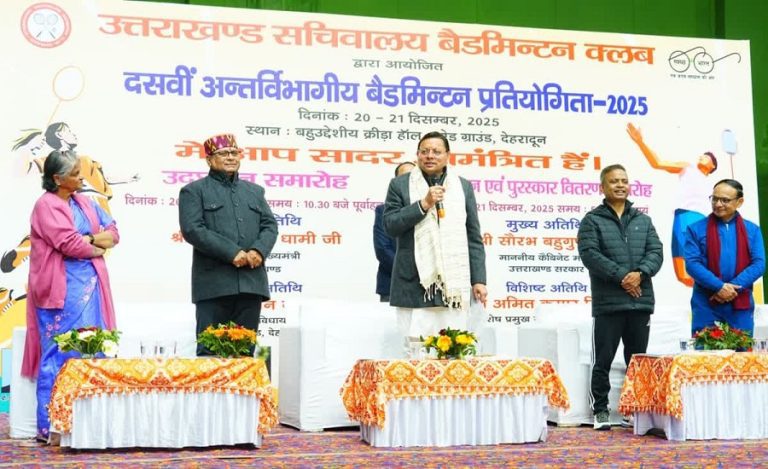New Delhi: India is at a major crossroads in deciding how to build its future air power. The Indian Air Force (IAF) currently faces a shortfall in fighter squadrons and a rising cost of foreign aircraft is making the challenge tougher. Meanwhile, the indigenous HAL Tejas Mk 2 emerges as a compelling alternative—offering strong performance at a far lower cost. Recent analysis shows that with the same roughly $24 billion budget earmarked for foreign jets, India could acquire over 250 Tejas Mk 2 aircraft.
Background of the Tejas Mk2 Aircraft
- The IAF is approved to operate 42 squadrons but currently has around 31 squadrons — leaving a gap.
- India’s planned Multi-Role Fighter Aircraft (MRFA) acquisition, which envisages 114 foreign jets, carries a projected cost in the region of $20-24 billion.
- Foreign jets such as the Dassault Rafale or Sweden’s Gripen E now cost far more per unit — sometimes $120 million or more.
In contrast, the Tejas Mk 2 is expected to cost about $70-80 million per aircraft.
Read Also: AI-Powered Precision: Tejas MK-2 to Feature India’s First Triple-Computer Architecture
This huge cost difference spells a strategic choice: quantity and self-reliance vs fewer expensive imports.
What is the Tejas Mk 2 Aircraft
- The Tejas Mk 2 Aircraft is a 4.5-generation multirole fighter being developed by Hindustan Aeronautics Limited (HAL) and the Aeronautical Development Agency (ADA). It features:
- A more powerful GE F414 engine.
- Newly developed Indian Uttam AESA radar using GaN (gallium nitride) modules for improved detection and jamming resistance.
- A combat radius of about 1,500 km (some reports say up to 2,500 km with external tanks) and 13 weapon hard-points.
- Higher indigenous content compared to earlier versions, aligning with the “Atmanirbhar Bharat” (self-reliant India) policy.
The Cost Story: Why It Matters
At approx. $70-80 million per Tejas Mk 2, India could buy over 250 jets with a $24 billion budget. This contrasts with only about 114 foreign jets for the same money
This translates into:
- Doubling the number of fighters → more squadrons and greater strategic depth.
- Keeping manufacturing and jobs in India (benefiting the domestic defence ecosystem).
- Easier maintenance, upgrades and weapons integration (since it is home-grown).
- Less dependence on foreign supply chains and geopolitical risks.
Strategic Implications of Tejas Mk2 for the IAF
Squadrons gap: With more aircraft, IAF could reach-and exceed its target of 42 squadrons.
Two-front challenge: India faces potential threats from both China and Pakistan; more fighters mean better deterrence.
Maintain relevance: Upgrading to a modern indigenous fleet ensures India remains competitive in Asian air space.
Export potential: A large production run of Tejas Mk 2 might open export opportunities, boosting India’s position globally.
Technology base: The Tejas Mk 2 feeds into future projects like the HAL AMCA stealth fighter, enabling continuity of development.
Production & Timeline of Tejas Mk2 Aircraft
- A new production line for Tejas (Mk1A and later Mk2) at Nashik has increased capacity from 16 to 24 aircraft per year.
- The first Tejas Mk 2 prototype was about 60 % complete by mid-2025, with a rollout planned by end 2025, and first flight in early 2026. Operational induction expected by 2029-30.
- The engine programme for indigenous engines (for 1,100 engines by 2035) is also underway with a Rs 65,400 crore investment.
Challenges and What to Watch
While the Tejas Mk 2 is promising, delivery and timeline risk remain: development delays, production ramp-up, engine dependency.
- Engine dependency: The aircraft uses the GE F414 engine (derived from the U.S.), meaning some foreign reliance remains.
- Production scale: To yield benefits of numbers, India will need large firm orders and an efficient supply chain.
- Integration of weapons and systems: Though opportunity exists for full domestic integration, this must be executed well.
Why This Choice Matters for India
This isn’t just a purchase decision—it is a decision about India’s future defence posture and industrial sovereignty.
The trade-off is clear: lower numbers of expensive foreign jets vs many more affordable indigenous fighters.
The mathematics favour the latter, and in strategic terms it strengthens India’s self-reliance, builds domestic capability and gives the IAF a broader fleet. The decision process will likely shape India’s air-force for decades to come.


